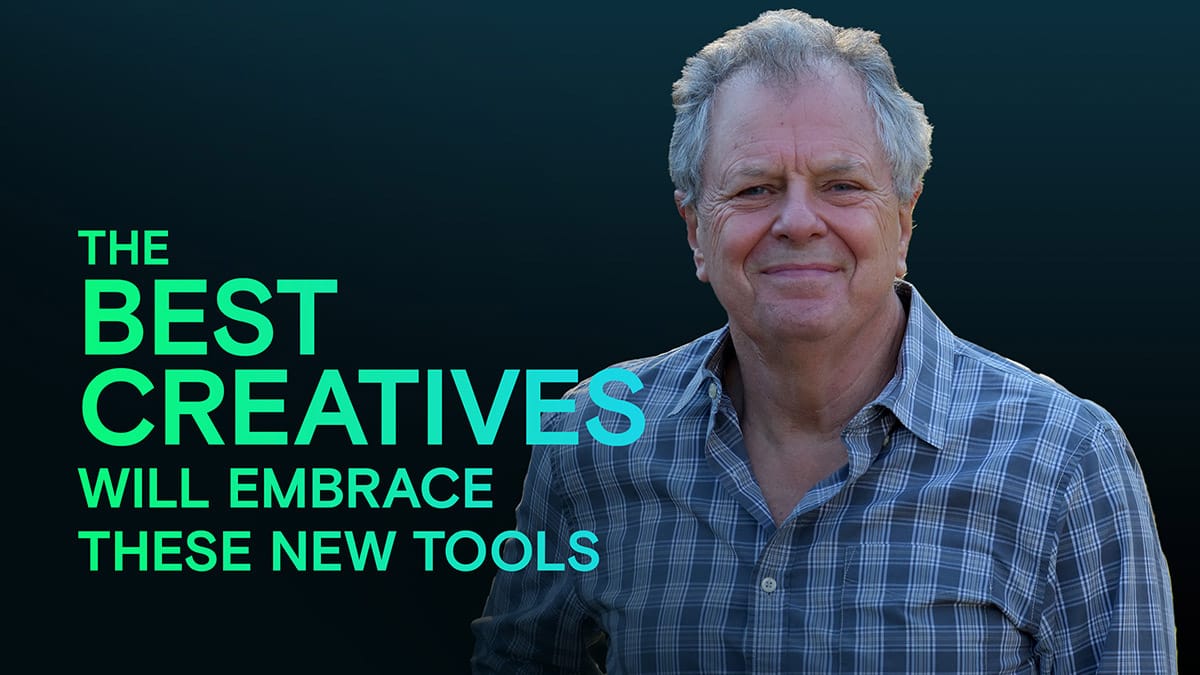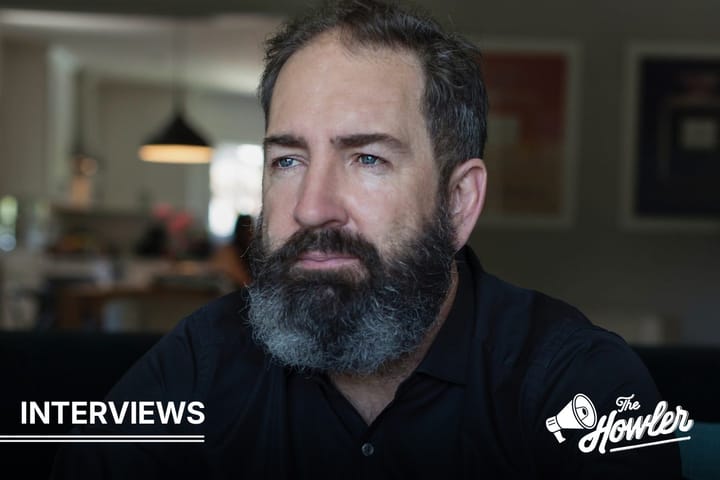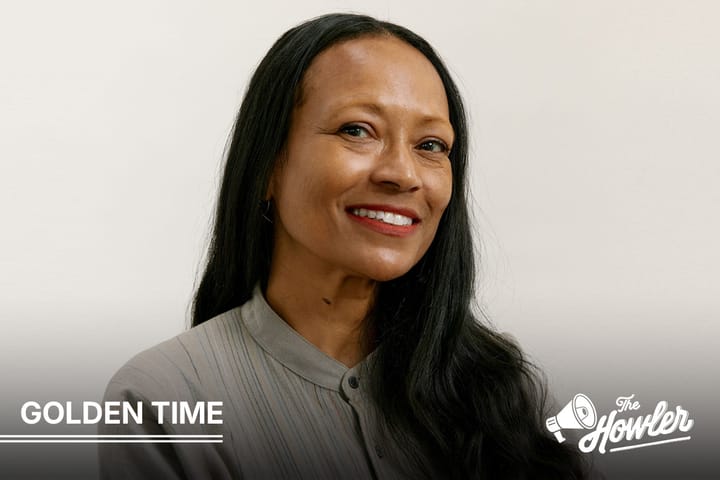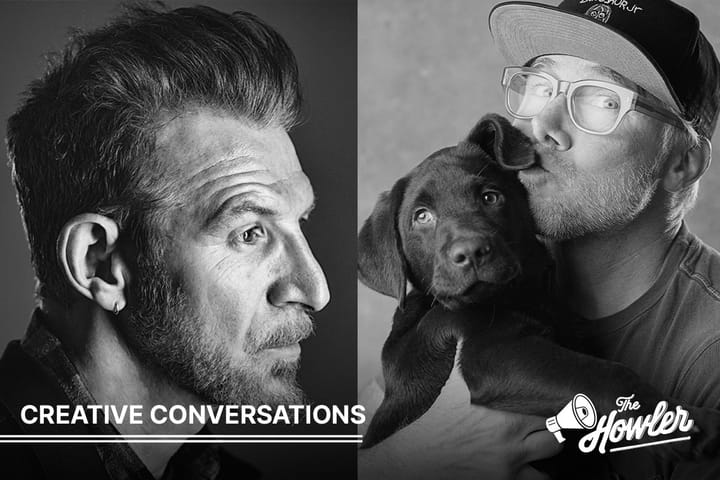Peter Corbett Takes a Closer Look at AI

So how many production or post companies have you launched? If you need more than two hands on which to count them, you’ve got something in common with Peter Corbett. After a career in agency production in his native Australia, Peter launched his first production house there, and introduced something new to filmmaking, a motion control rig. It would be the first of many firsts for this restless producer, director and production entrepreneur. When arriving in New York, he continued in a similar vein, starting a production company that eventually added stages and an in-house editorial arm.
Peter is perhaps best known as the founder of Click 3X, the industry’s first digital studio, which in turn led to the launch of Media Circus, a digital agency, and Sound Lounge, for audio post. He later launched ClickFire Media, also a digital agency, and then had a role in the creation of audio post house Heard City. Along the way he also created a direct-to-brand production house, Reason2Be, and was part of the team launching the creative editorial company Friendshop.
At every step along the way, Peter has always been looking ahead, analyzing and often implementing the latest in production and post production technology. Now running Peter Corbett Ventures, his consulting and investment firm, he divides his time between traveling, sailing on Long Island Sound, helping media and production entities strategize for the future and peering into the future. Most recently, he’s published two articles about in-house production and AI, in which he forecasts their impact on the industry in which he spent his entire career. We spoke to him recently about his explorations, which he’s shared on social media (see them here and here). This is what he had to say.
What prompted you to do this deep dive into what AI means for the production and post production industry? What was your objective?
I’d already been undertaking extensive research for a creative editorial company, so I was really focused on that part of AI and how it would affect their business, i.e. extending shot selection as an example. Other examples include up-resing shots and AI-driven interpolation, to create slo-mo scenes from 24fps shots. It also included AI’s capability to turn a single image into a video sequence, and remove or alter objects within scenes.
I’ve also been following the years-old complaints, a forecast of imminent doom regarding in-house production and post, which I’d tied to the rise of in-house agencies at brands. I felt that the twin threats of growing in-house and an accelerated AI capability could seismically alter the landscape for production and post permanently.
As a former company owner – as well as a DGA director – what was your perspective going into this? Were you trying to look at the impact of AI from an artist's POV? An EP or post company owner? Both?
Well, I saw this as my contribution to help and advise this industry that I love. I spent the first 10 years of my career in an ad agency, was a DGA director/DP and production company owner for over 40 years, and have launched over 20 new businesses - all of which were part of this business, with a few continuing to this day!
Your first AI report, posted to LinkedIn and Facebook, drew a lot of response. Were you surprised at the level of commentary? Was there anything about what people were saying in response to your findings that surprised you?
I was surprised that there was so much reaction, and that it was almost one hundred percent in agreement with the overall and somewhat pessimistic tone. In subsequent conversations in the industry, I discovered there is some intense activity in incorporating AI and a recognition that largely due to in-house production, the days of relying on one-off triple-bid projects to fill the pipeline was pretty much dead.
You said in your first article that you don’t think agency in-house departments will have any advantage when it comes to harnessing AI technology over small independent companies. But what about their deeper pockets, and ability to partner directly with companies like Adobe or Microsoft? Doesn’t that give them a leg up?
My point was that an independent will be able to use the very same tools, coming from those same LLM’s, to create at least as outstanding a creative result as these bigger players. These new tools are not expensive, and the computing power comes from the AI companies’ own servers, so the barriers to entry are quite minimal.
Your follow up AI article talks about what AI will mean in the edit suite. How do you see that impacting the way production and post companies are structured, staffed and managed? If you were still running Click 3X, how would you respond to what you wrote?
With Click 3X, knowing that I wouldn’t have to spend millions of dollars on gear and real estate, and we could have just a group of the most talented gathering with our laptops in a small space, that would be a dream!
You’ve been around for a long time, and seen things like the transition from film capture to digital, and the growth of more compact and affordable post production, VFX and design/animation software and gear. With your long look back, how would you rate the seismic impact of what AI means for producers, artists and their clients?
I think the best artists, designers, directors and editors will embrace these new tools and do amazing work that they could never do otherwise. Let’s use the term “creators.” The playing field levels out as each of these artists/editors/directors can be the primary driving creative force behind a project – even though that project may look like a live action/VFX piece. As I’ve stated previously, the reduced need for craft allows creatives to imagine their creative dream and bring that vision to reality without relying on craft people.



